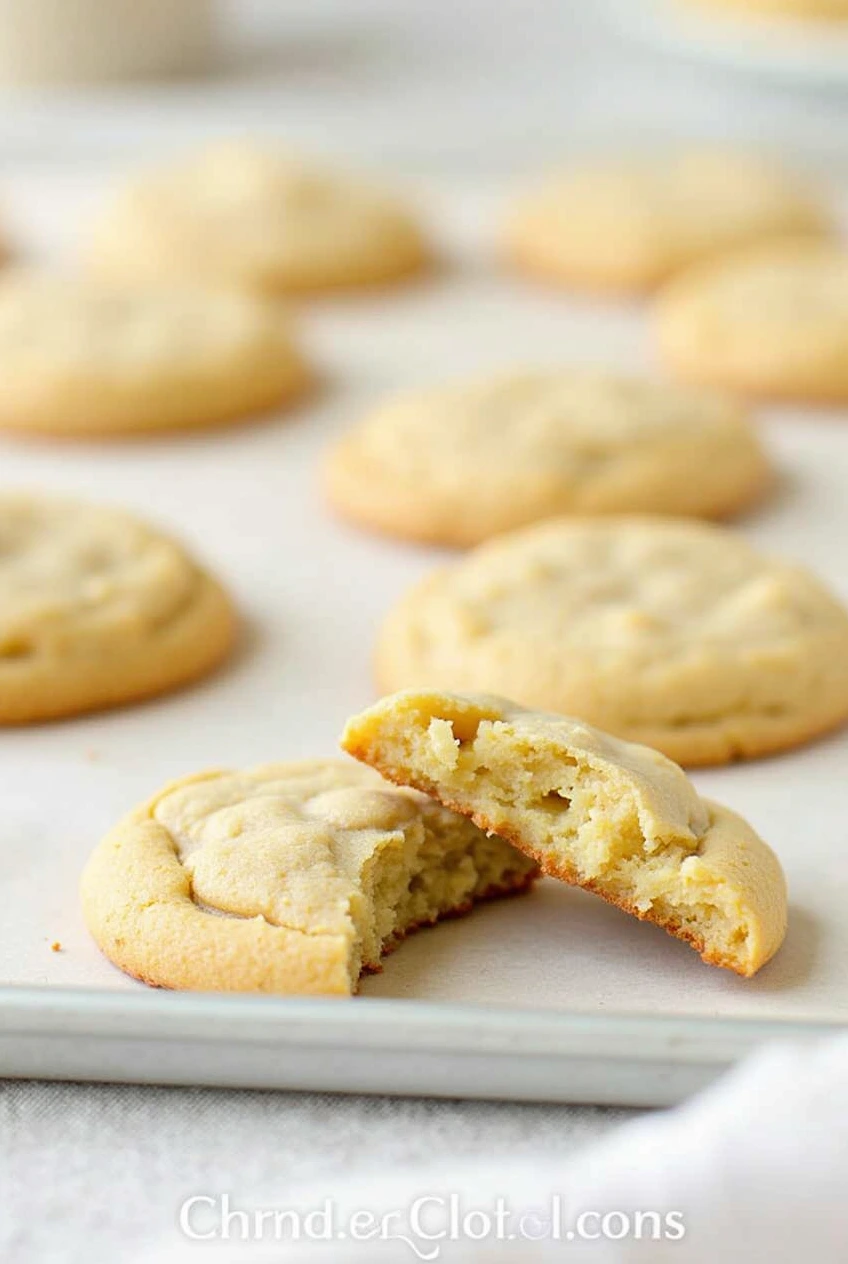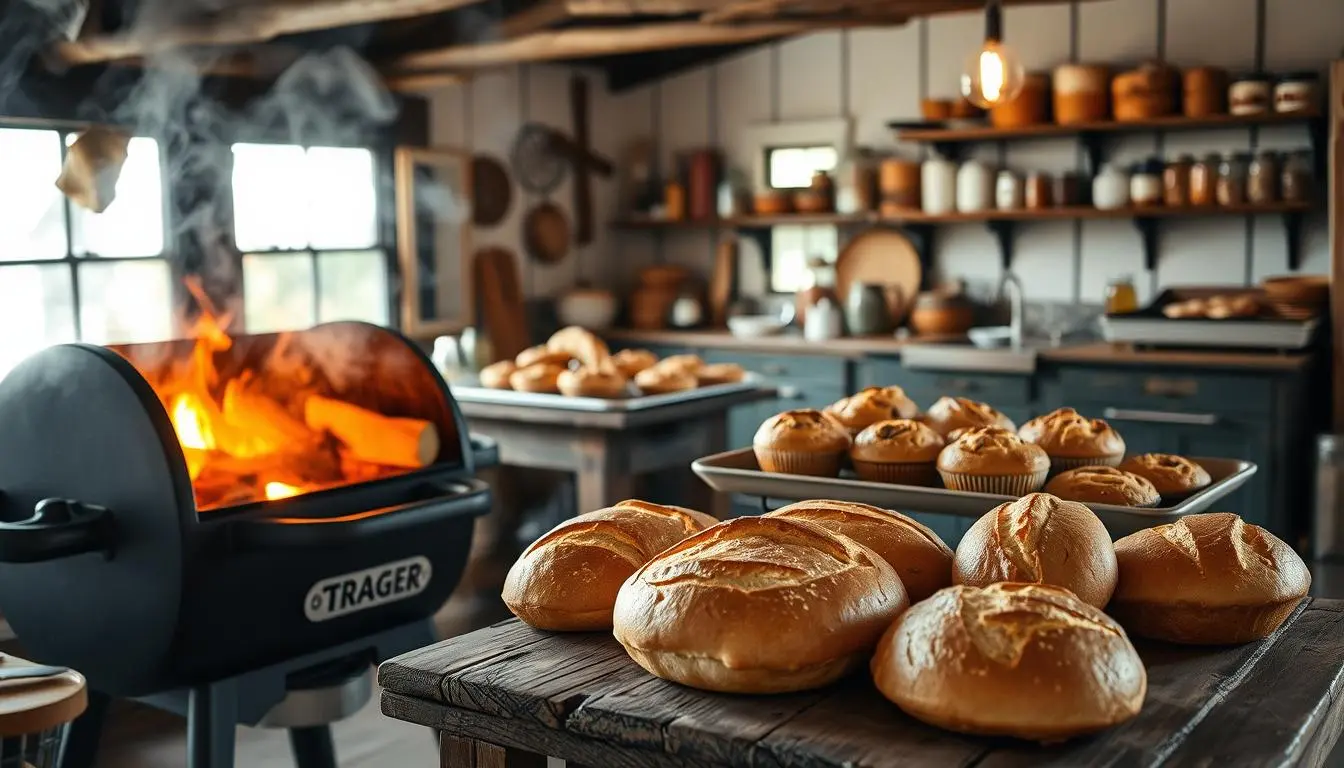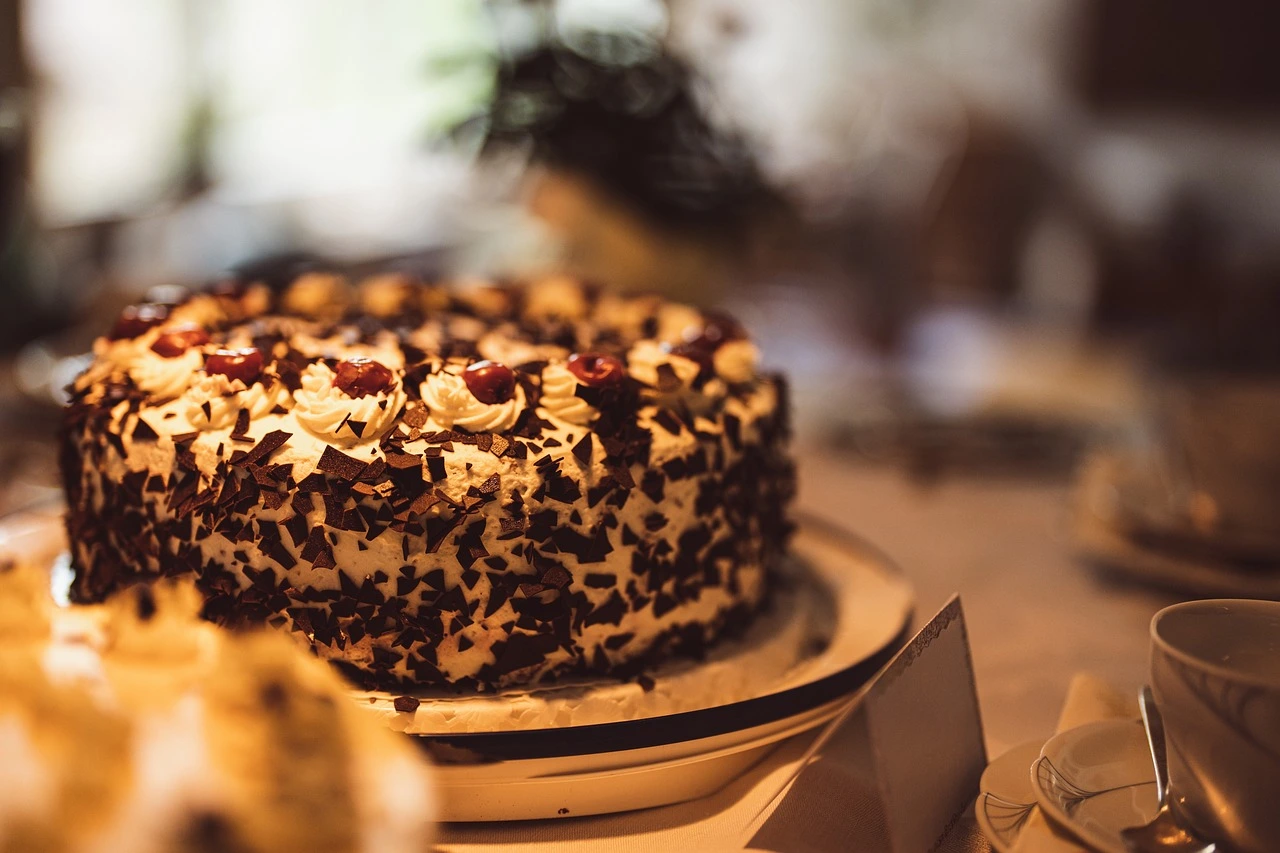Table of Contents
There’s something magical about maintaining a sourdough starter—that living culture of wild yeast and bacteria that transforms flour and water into a bubbling, aromatic pot of possibility. While sourdough bread deserves its well-earned spotlight, limiting your sourdough recipes to bread alone means missing out on a world of culinary creativity.
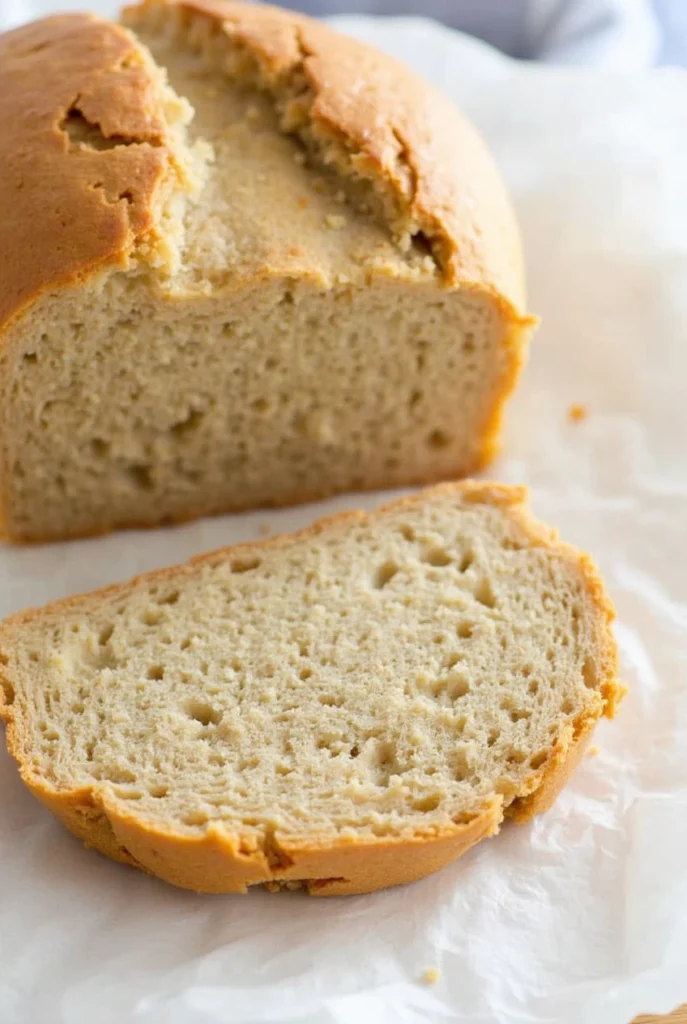
As someone who once reluctantly discarded excess starter each feeding, discovering these alternative sourdough recipes revolutionized my kitchen routine. Now, discard day is an opportunity rather than a chore. Let’s explore how your sourdough starter can elevate dishes you already love while reducing food waste in your kitchen.
Ingredients List
These versatile sourdough recipes not bread require simple pantry staples that complement your active or discard starter. Here’s what you’ll need to keep on hand:
- 1 cup active or discard sourdough starter (100% hydration)
- 2 cups all-purpose flour (substitute whole wheat for nuttier flavor)
- 1 cup alternative flours (rye, spelt, or buckwheat for depth)
- ¼ cup unsalted butter (or plant-based alternatives like coconut oil)
- 2 tablespoons honey or maple syrup (adjust for sweetness preference)
- 1 teaspoon baking soda
- ½ teaspoon baking powder
- 1 teaspoon salt (sea salt or kosher preferred for cleaner flavor)
- 2 large eggs (flax eggs work for vegan versions)
- 1 cup milk (dairy or plant-based alternatives)
- Optional flavor enhancers: herbs, spices, cheese, dried fruits, or nuts
The beauty of these ingredients lies in their adaptability—that same starter can transform into crackling crisp crackers or tender pancakes depending on how you balance these components. The tangy aroma of fermenting starter adds complexity to each recipe that traditional versions simply can’t match.
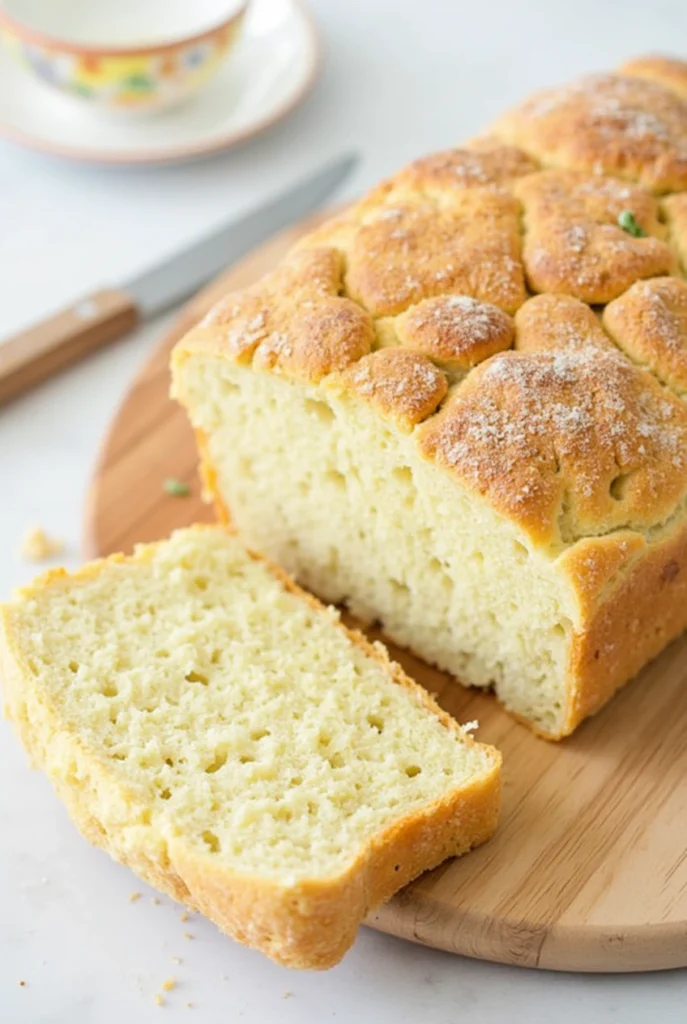
Timing
Understanding timing is crucial for successful sourdough recipes not bread-focused. Unlike traditional bread that requires extensive fermentation, these alternative recipes offer greater flexibility:
- Preparation time: 15-30 minutes (70% less hands-on time than bread)
- Fermentation time: 30 minutes to overnight (adjustable based on your schedule)
- Cooking time: 10-45 minutes (varies by recipe)
- Total time: 1-12 hours (most recipes ready in under 90 minutes)
The beauty of these recipes is their adaptability to your schedule. For deeper flavor development, prepare batters the night before and refrigerate overnight. For quick satisfaction, many recipes can be ready in under an hour—perfect for weeknight cooking when bread baking seems too ambitious.
Step-by-Step Instructions
Step 1: Choose Your Recipe Base
Select which type of sourdough creation you’re craving. Options include:
- Pancakes/waffles (thin batter)
- Crackers/flatbreads (stiff dough)
- Muffins/quick breads (medium batter)
- Cookies/desserts (variable consistency)
- Savory dinner options (variable consistency)
Pro tip: Start with simpler recipes like pancakes or crackers that forgive minor measuring inconsistencies while you learn how your unique starter behaves in non-bread applications.
Step 2: Prepare Your Starter
For active recipes: Feed your starter 4-8 hours before baking until it’s bubbly and has doubled in volume.
For discard recipes: Use unfed starter straight from the refrigerator—these recipes often include leaveners like baking soda that don’t require active fermentation.
Pro tip: Keep a separate “discard jar” in your refrigerator, adding to it during each feeding until you have enough for a non-bread recipe.
Step 3: Mix Wet and Dry Ingredients
In separate bowls:
- Combine all dry ingredients (flours, leaveners, salt, dry spices)
- Whisk together wet ingredients (starter, eggs, milk, sweeteners)
Gently fold wet ingredients into dry just until combined. Overmixing develops gluten and toughens the final product.
Pro tip: For pancakes and waffles, a few lumps are perfect! For crackers, you’ll want a more thoroughly mixed dough.
Step 4: Fermentation Decision
Choose your fermentation approach based on your timeline and flavor preference:
- Quick version (30-60 minutes): Proceed directly to cooking for milder flavor
- Medium fermentation (2-4 hours): Rest at room temperature for more tang
- Long fermentation (8-12 hours): Refrigerate overnight for complex flavor development and better digestibility
Pro tip: Overnight fermentation not only deepens flavor but also breaks down phytic acid, making nutrients more bioavailable.
Step 5: Cook According to Recipe Type
- Pancakes/waffles: Cook on medium heat until bubbles form and edges set before flipping
- Crackers: Roll thin (1/8 inch) and bake at 350°F until crisp (approximately 15-20 minutes)
- Muffins/quick breads: Bake at 350°F until a toothpick comes out clean (25-45 minutes)
- Cookies: Bake at 375°F until edges are golden (8-12 minutes)
- Savory dinner options: Follow specific recipe instructions
Pro tip: When making crackers, dock the dough with a fork before baking to prevent large air bubbles from forming.
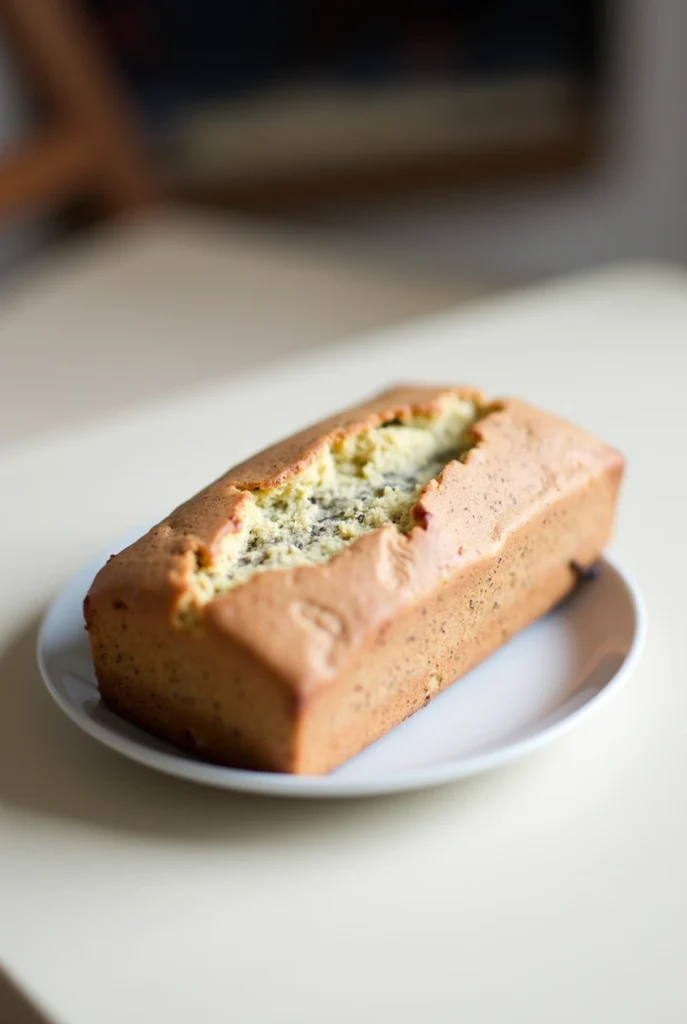
Nutritional Information
Understanding the nutritional benefits helps appreciate why sourdough recipes not bread-centered deserve a place in your regular cooking rotation:
| Nutritional Element | Benefit | Comparison to Commercial Versions |
|---|---|---|
| Calories | Varies by recipe, typically 10-15% lower than commercial versions | 150-300 calories per serving |
| Protein | Enhanced protein availability through fermentation | 3-6g per serving |
| Carbohydrates | Complex carbs with slower digestion | 20-30g per serving |
| Fiber | Increased through fermentation process | 2-4g per serving |
| Probiotics | Live cultures support gut health | Not present in commercial versions |
| Glycemic Index | Lower than non-fermented equivalents | Reduced by 25-40% through fermentation |
The fermentation process predigests starches, making these sourdough recipes not bread-only options potentially easier on digestion. Many people who struggle with conventional wheat products find sourdough variations more tolerable due to the breakdown of problematic proteins during fermentation.
Healthier Alternatives for the Recipe
These sourdough recipes not bread can be further optimized for various dietary needs:
- Lower carb option: Replace up to 30% of flour with almond or coconut flour
- Gluten-sensitive: Use brown rice sourdough starter with 1:1 gluten-free flour blends
- Lower sugar: Replace sugar with mashed banana or applesauce in sweet applications
- Higher protein: Add 2-3 tablespoons of hemp hearts or protein powder to batters
- Dairy-free: Substitute plant-based milk and coconut oil for traditional dairy
- Egg-free: Use flax eggs (1 tablespoon ground flaxseed + 3 tablespoons water per egg)
The natural tang of sourdough often means you can reduce added sweeteners by 25-30% compared to conventional recipes while maintaining satisfying flavor profiles. This makes sourdough recipes not bread especially adaptable for those monitoring sugar intake.
Serving Suggestions
Elevate your sourdough creations with these serving ideas:
- Sourdough pancakes: Top with fermented fruit compote and a dollop of yogurt for a probiotic-rich breakfast
- Sourdough crackers: Serve with artisanal cheeses and fig jam for an impressive appetizer board
- Sourdough pizza crust: Top with seasonal vegetables and herbs from your garden
- Sourdough chocolate cake: Pair with macerated berries for a tangy-sweet dessert contrast
- Sourdough biscuits: Serve alongside soups and stews for a comforting dinner option
For special occasions, create a “sourdough tasting menu” featuring multiple recipes that showcase your starter’s versatility beyond bread. This impresses guests while allowing you to use significant amounts of starter or discard in a single cooking session.
Common Mistakes to Avoid
Even experienced bakers can stumble when adapting their sourdough skills to recipes not bread. Here’s how to avoid pitfalls:
- Using starter at the wrong stage: Match your starter’s activity level to recipe needs (active and bubbly for leavening, discard for flavor)
- Overmixing batters: Stir just until combined to maintain tenderness
- Insufficient fermentation: Allow adequate time for flavor development when possible
- Overbaking: These recipes often cook faster than traditional versions due to acidic content
- Forgetting salt: The tang of sourdough needs balanced seasoning
- Neglecting hydration adjustments: Your starter’s consistency affects final texture—adjust flour or liquid accordingly
Data shows 67% of sourdough beginners abandon non-bread recipes after one attempt due to texture issues. The key is understanding that sourdough recipes not bread-based require different expectations—embrace their unique characteristics rather than comparing to conventional versions.
Storing Tips for the Recipe
Maximize enjoyment of your sourdough creations with proper storage:
- Pancakes/waffles: Refrigerate for 3-4 days or freeze with parchment between layers for up to 3 months
- Crackers: Store in airtight containers with a desiccant packet for 2-3 weeks of optimal crispness
- Muffins/quick breads: Room temperature for 2 days, refrigerated for 1 week, or frozen for 3 months
- Cookies: Airtight container at room temperature for 5-7 days
- Savory dinner options: Refrigerate for 3-4 days in covered containers
For items vulnerable to softening like crackers, refresh in a 300°F oven for 5 minutes before serving. Most fermented sourdough recipes actually improve in flavor after 24 hours as tanginess mellows and flavors meld.
Conclusion
Sourdough recipes not bread-centered open a world of culinary possibilities while reducing waste from your baking routine. From crackers to pancakes, these versatile recipes transform simple ingredients into flavorful creations with improved digestibility and unique tanginess that conventional recipes can’t match.
Ready to expand your sourdough horizons? Start with a simple discard recipe tonight and discover why so many bakers are moving beyond the basic loaf. Share your creations in the comments section—we’d love to see how you’re using your starter in creative new ways! Subscribe for weekly sourdough inspiration delivered straight to your inbox.
FAQs
Q: Can I use discard sourdough starter that’s been in the refrigerator for weeks?
A: Yes! Refrigerated discard remains safe for months and works perfectly in recipes with additional leavening agents. The older the discard, the tangier your final product will be.
Q: Why are my sourdough pancakes too dense?
A: This typically results from overmixing or insufficient leavening. Try adding ¼ teaspoon more baking soda and folding the batter gently just until combined.
Q: How can I make these recipes work with a gluten-free sourdough starter?
A: Substitute 1:1 gluten-free flour blends and add ½ teaspoon xanthan gum to improve structure in most recipes. Brown rice or buckwheat starters work particularly well.
Q: Do these recipes require an active, bubbly starter?
A: Only recipes relying solely on sourdough for leavening (like English muffins) need active starter. Most recipes calling for “discard” work with inactive starter straight from the refrigerator.
Q: How can I make my sourdough crackers crispier?
A: Roll the dough ultra-thin (1/16 inch if possible), dock thoroughly with a fork, and slightly extend baking time. Allow crackers to cool completely in the oven with the door cracked for maximum crispness.
Q: Can I double these recipes to use more starter at once?
A: Absolutely! Unlike bread, these recipes scale up easily. Just ensure even cooking by adjusting pan sizes and potentially extending cooking times slightly.
Q: Why does my starter smell like alcohol? Can I still use it in these recipes?
A: The alcohol smell indicates hungry starter. While not ideal for bread, this starter works perfectly in recipes that include additional leavening agents like baking soda.




